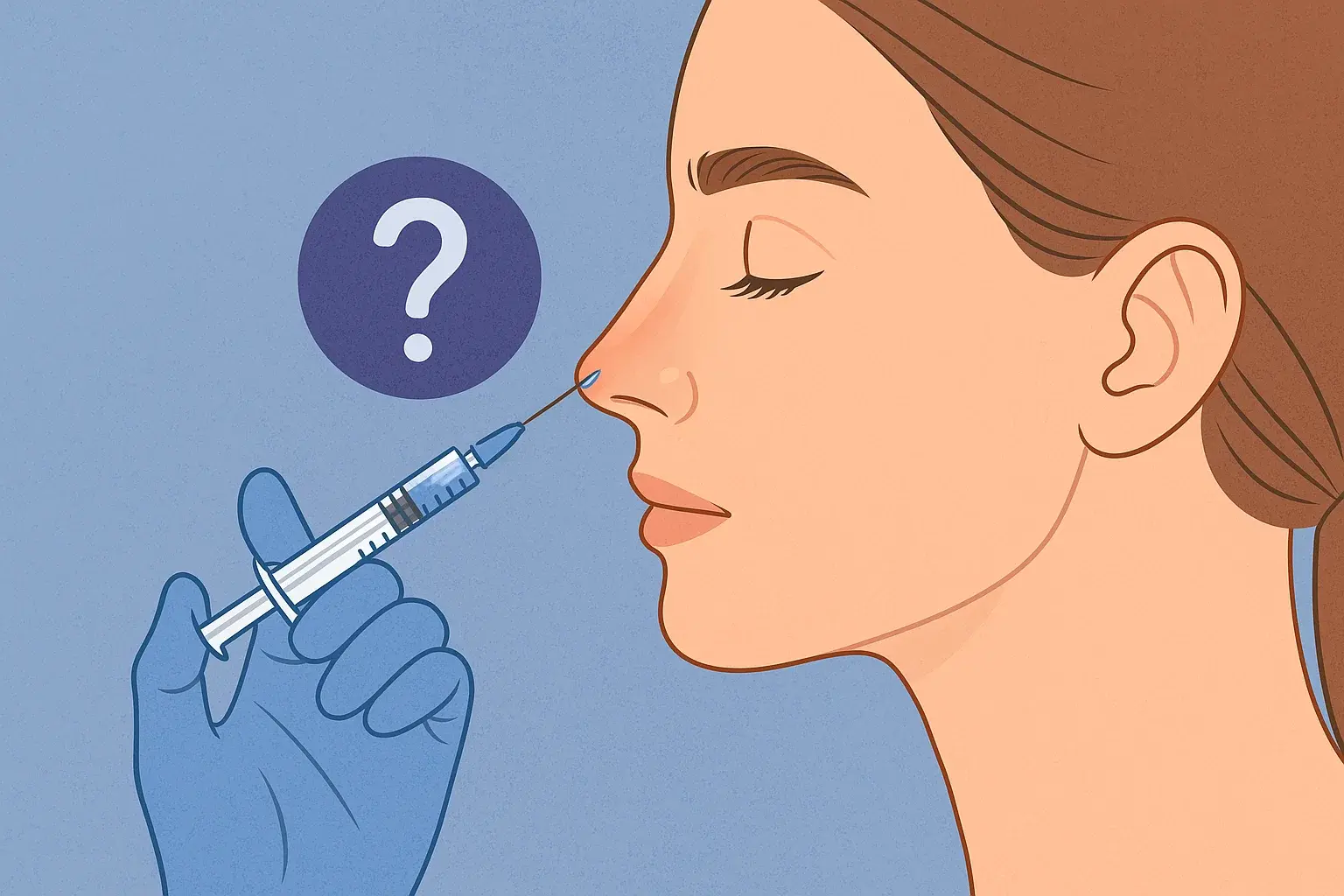Is Liquid Rhinoplasty Permanent? How Long Do Results Really Last?
Liquid rhinoplasty, also known as non-surgical rhinoplasty, has gained popularity as a less invasive alternative to traditional surgical procedures. This technique involves the use of dermal fillers to reshape the nose, providing immediate results without the need for anesthesia or extensive recovery time. However, many individuals considering this procedure often wonder, is liquid rhinoplasty permanent? In this article, we will explore the longevity of the results, the factors that influence them, and how they compare to traditional surgical rhinoplasty.
Understanding Liquid Rhinoplasty
Liquid rhinoplasty employs injectable fillers, such as hyaluronic acid, to enhance the contours of the nose. This method can correct minor imperfections, such as bumps or asymmetry, and can also add volume to areas that may appear sunken. The procedure is relatively quick, often taking less than an hour, and patients can typically return to their daily activities almost immediately.
How Long Do Results Last?
The results of liquid rhinoplasty are not permanent. Typically, the effects of the fillers can last anywhere from six months to two years, depending on several factors:
- Type of Filler Used: Different fillers have varying lifespans. For instance, hyaluronic acid fillers usually last between six to twelve months, while other types may offer longer-lasting results.
- Individual Metabolism: Each person's body metabolizes fillers at different rates. Factors such as age, skin type, and lifestyle choices can influence how quickly the filler breaks down.
- Injection Technique: The skill and technique of the injector play a crucial role in how long the results last. An experienced practitioner can optimize the placement and amount of filler used.
- Area Treated: Certain areas of the face may absorb fillers more quickly than others. For example, the nose may hold fillers longer than areas with more movement, like the lips.
Comparing Liquid Rhinoplasty to Traditional Surgery
When considering rhinoplasty options, it's essential to weigh the differences between liquid rhinoplasty and traditional surgical rhinoplasty:
1. Permanence
Traditional rhinoplasty is a surgical procedure that offers permanent results. Once the nose is reshaped through surgery, the changes are lasting. In contrast, liquid rhinoplasty provides temporary results that require maintenance through repeat injections.
2. Recovery Time
Liquid rhinoplasty has minimal downtime, with most patients returning to their regular activities immediately. In contrast, traditional rhinoplasty typically requires a recovery period of several weeks, during which swelling and bruising are common.
3. Cost
Liquid rhinoplasty is often more cost-effective than surgical options, making it accessible for many individuals. However, because the results are temporary, patients may find themselves returning for additional treatments, which can add up over time.
4. Risks and Complications
Both procedures carry risks, but the complications associated with liquid rhinoplasty tend to be less severe than those of traditional surgery. However, it is crucial to choose a qualified practitioner to minimize risks associated with injections.
Maintaining Results
To maintain the desired results from liquid rhinoplasty, patients may need to schedule follow-up appointments for additional injections. Regular maintenance can help keep the nose looking its best, but it is essential to consult with a qualified practitioner to determine the appropriate schedule based on individual needs and filler type.
Conclusion
In summary, liquid rhinoplasty is a popular non-surgical option for those seeking to enhance their nasal appearance without the permanence of traditional surgery. While the results are not permanent, they can last from six months to two years based on various factors. Individuals considering this procedure should weigh the benefits and limitations and consult with a skilled practitioner to achieve the best possible outcomes.
FAQ
1. How often do I need to get liquid rhinoplasty?
Typically, you may need touch-ups every six months to two years, depending on the filler used and individual metabolism.
2. Is liquid rhinoplasty safe?
When performed by a qualified and experienced practitioner, liquid rhinoplasty is generally considered safe with minimal risks.
3. Can liquid rhinoplasty correct a deviated septum?
No, liquid rhinoplasty is not a solution for structural issues like a deviated septum. Surgical rhinoplasty is required for such corrections.
4. What are the side effects of liquid rhinoplasty?
Common side effects include swelling, bruising, and redness at the injection site, but these usually resolve quickly.
5. Can I combine liquid rhinoplasty with other treatments?
Yes, many patients choose to combine liquid rhinoplasty with other cosmetic procedures for enhanced results, but consult your practitioner first.
Medical Disclaimer
The information provided in this article is for informational purposes only and should not be considered a substitute for professional medical advice, diagnosis, or treatment. Always seek the advice of your physician or another qualified health provider with any questions you may have regarding a medical condition or treatment. Never disregard professional medical advice or delay in seeking it because of something you have read in this article.
If you are considering liquid rhinoplasty or are experiencing any discomfort, we encourage you to consult with a qualified practitioner to discuss your options and ensure the best care for your needs.
